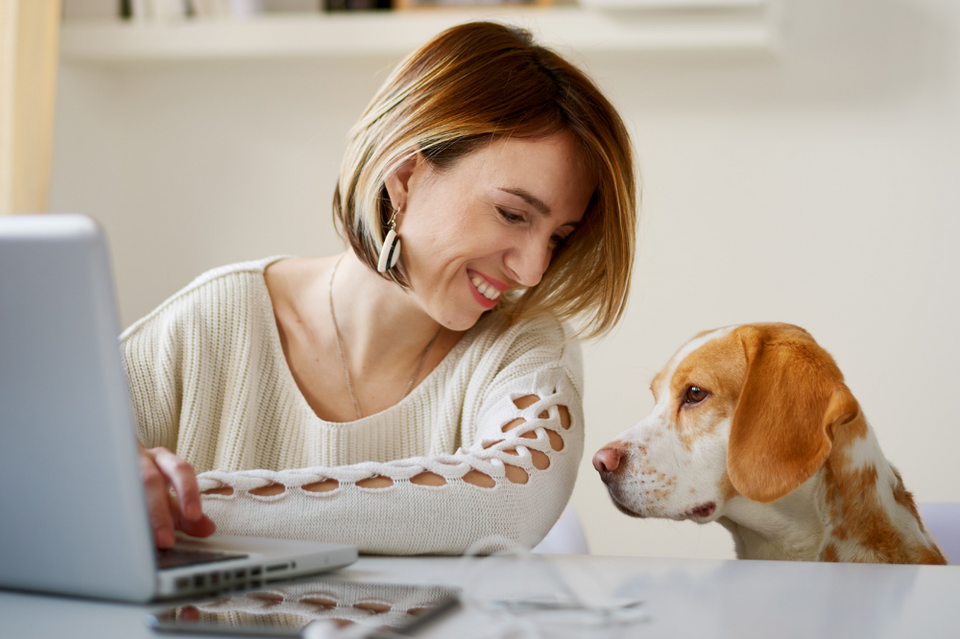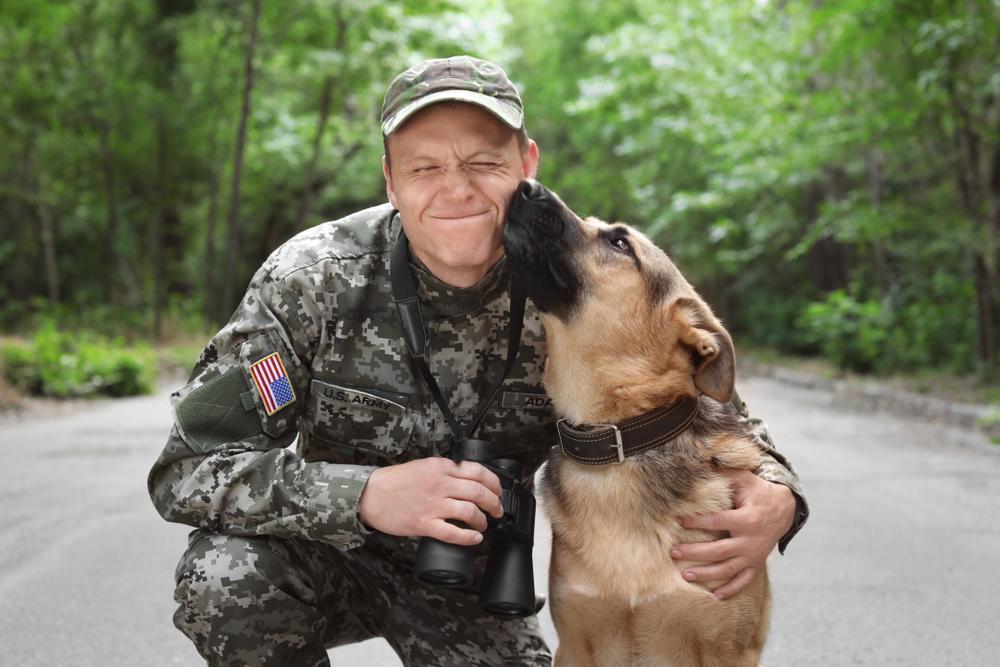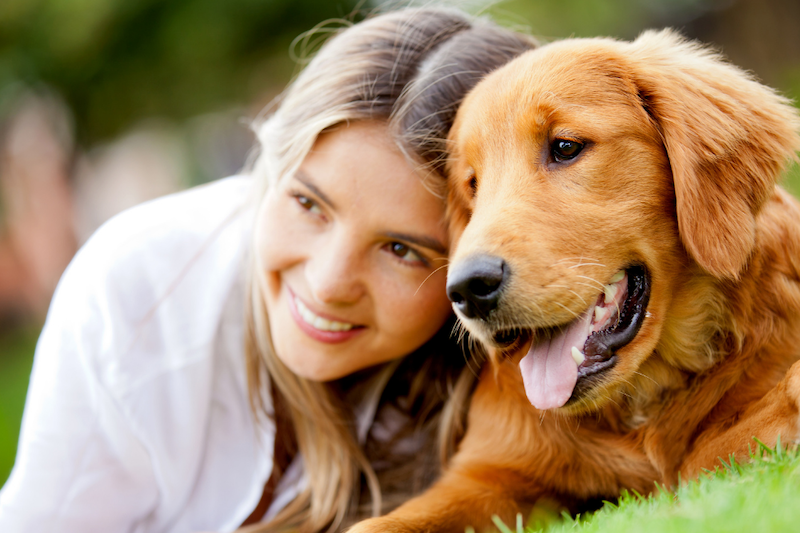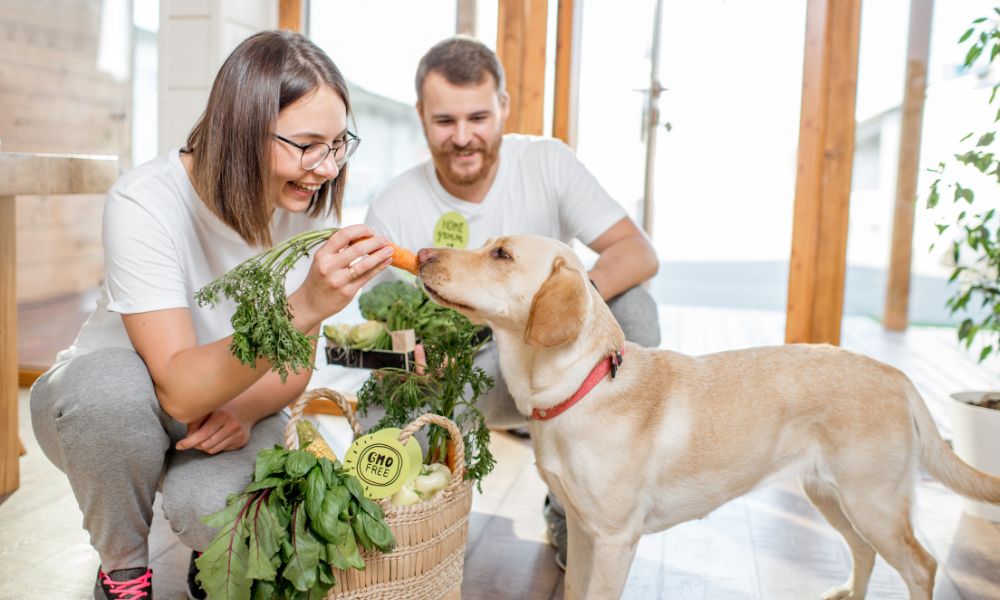
Navigating Dog Separation Anxiety When You Return to the Office

Today, only 14% of the US workforce works from home all the time. With the majority of workers being hybrid or on-site, leaving home at least a few times per week makes pet parents nervous about their furry friends being left alone for hours at a time.
If you're transitioning from a fully remote job to a hybrid or on-site job, we've got you covered! Here are some tips to make sure your pup doesn't feel the change so deeply when you head back to the office.
Dealing with big changes
For humans to make this change, it can be difficult, but we have one great advantage. We can plan for future changes based on specific information. Tell us that we report back to the office three days a week starting at 9 a.m., Monday, July 5th and we may not like it, but we can certainly plan for it.
Our fur babies? Not so much. Dogs only understand time in the present. They are the one member of the family who cannot prepare for the return to “normal,” so they need to be eased into it.
And whether you adopted your dog during the lockdown or had them before it started, fifteen months in dog time is the equivalent of around seven years mentally. Try to remember what your daily routine was like seven years ago, then see if you can successfully switch to it first thing tomorrow.
It’s also complicated because dogs are pack animals, and if their entire pack has been home most of the time for what seems like seven years now, any or all of them suddenly leaving can be a major shock.
You’ll already have to prepare yourself for the change as a human. Your dogs need even more of an extended effort to ease into it.
Slow and steady does it

Ideally, you didn’t receive notice on Friday that you’ll have to come in first thing Monday, and your employer gave you at least a week or two to get ready. If that’s the case, as soon as you know how long you have, you can begin your game plan for gradually getting your dog used to it so that they don’t develop separation anxiety.
We’ve covered the specific steps elsewhere here, which in summary are:
- Give them a safe, comfortable place to relax in, and train them to go there after you walk and feed them in the morning.
- Start leaving home in short but increasing increments, beginning with fifteen minutes.
- Before leaving and upon coming home, never make a big deal about it. Just leave and return with no fanfare. If your dog acts excited, ignore them until they calm down, and then give them your attention.
- Don’t forget that your dog’s routine may be changing too, or may need a dog walker to accommodate, so include that in your preparation for the big day.
- In short, dogs do not handle abrupt change well. Everything needs to be gradual.
It can also help, once you have gone back to your full schedule, to explain to a neighbor what the situation is, and ask them to listen for any signs that your dog is freaking out, like whining, barking, or scratching at doors or windows.
Also check to see if any furniture, clothing, or other objects have been chewed up while you were gone. In some breeds, watch for signs of a blown coat, which are tufts of different-colored hair sticking up above their normal coat. This is often a sign of stress.
Creating a safe space
Any or all of these are also signs that you need to go back and refocus on creating a relaxed, safe space for your dog before you leave. You can’t be there to give them security right now, so you have to create that security and leave it for them.
But your dog isn’t the only variable in the equation, and there’s something else important that you need to account for in this process: Yourself.
Our dogs are experts at sensing our moods, feelings, and energy, and will react accordingly. If you’re acting anxious or upset, then they will get nervous and worried, too. If you get angry, they can react fearfully. If you’re hyperactive and excitable, this will wind up your dog, too.
So what you need to remember through this process is to remain calm. If you start to feel frustrated, or worried, or experience any negative emotions, take a few moments for a walk without your dog, then return home when you feel calm again.
Practice showing your dog affection and taking them on walks when you’re calm. This will make your dog calm, and can reinforce your own state of mind. And remember: Calm is the exact state of mind you want to be in when you leave home for work on that first full day back, and every day after that.
It’ll be good for your dog, good for your work day, and good for you.

Share this article
written by


